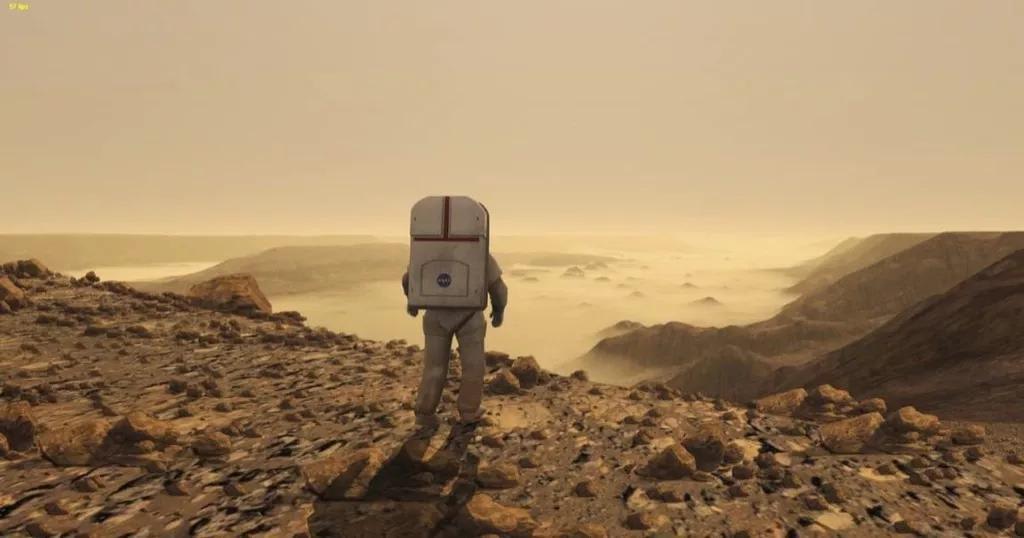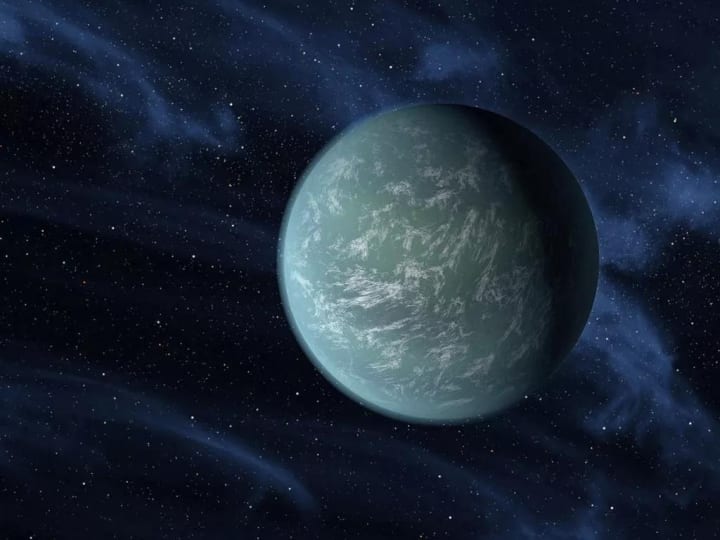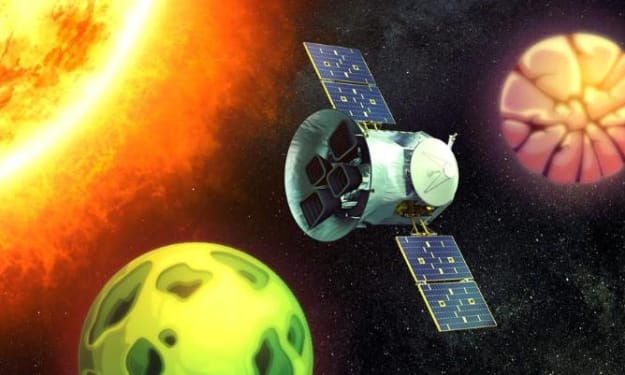6 planets that could be colonized by humans
Jeg håber, at denne dag kommer snart!

The colonization of other worlds has been a long-cherished dream of mankind. Although, today, this dream is still far from being realized. Some even believe it will never turn out to be a chimera. For example, Jean-Jacques Dodin, head of the European Space Agency, said in 2014, "Humanity has no choice but to live on Earth. There is no other place to live. We can't do that on other planets in our solar system, and we can't go to an exoplanet because it's too far away. "
However, scientists and astronomers are still searching for planets that meet certain conditions for habitation. In this article, we will show you some of the main candidates on the list that would be a hypothetical home for the future of our species.
Perhaps many Dan is right that we will never be able to colonize a planet different from ours. But if we can do it in a novel, like No Man's Sky Games 4's new game of exploration and survival, you can be the first colonizer of the universe.
No Man's Sky from Station 4 This is a game of almost infinite possibilities, in which it is you who decides where to go in the universe, what planets to colonize, and how to do it. With this gallery, we offer a range of possibilities that will make the game as realistic as possible. Do you encourage yourself to discover other worlds?
Mars
When we hear about space colonization, the red planet is usually the first to come to our heads. But, in principle, installing a human settlement on its surface is not an easy task, because its environment is not favorable for us.
First of all, its atmosphere is unbreathable for humans. The solar radiation is so high that it would eventually be fatal. Most importantly, to survive there, water would have to be found.
Mars has two poles, but its ice is not water, but carbon dioxide. Although the explorations carried out have found some signs that seem to indicate the existence of underground water flows.
However, even if we had access to valuable liquids, Martian settlers would have to live in bases, breathe breathable air, and be protected from radiation. In addition, large greenhouses would have to be built to grow food, as the Martian soil appears to be too arid for agriculture.

Another hypothetical possibility to be able to live on the Red Planet would be to try to make it more like Earth, that is, to change its natural conditions to make it more Earth-like.
Many theoretical proposals offer possible ways for the Earth to form Mars. One of the most extravagant proposals was made by controversial businessman Elon Musk, who suggested nuking the poles of Mars with nuclear weapons to warm the planet and make it more similar to our own.
Venus
This planet is one of the planets that NASA considers potentially habitable. In his favor, he is closer to Earth than Mars. But, on the contrary, its scorching temperature, its pressure is more than 90 times higher than our world.
So, how can we live in such an environment?NASA's proposal is simple. Instead of living on the surface of the planet, we will have to do so by building the atmosphere of the base city.
Scientists point out that about 50 kilometers above the surface of Venus, the temperature, pressure, and humidity conditions are suitable for the installation of a hypothetical floating base inhabited by humans.
Titan
This time, we will not talk about a planet, but about one of Saturn's moons. This moon is one of the top candidates for possible colonization by scientists for humans. However, this will be in the distant future.
Titan has a small atmosphere to protect the planet from radiation and has water, albeit in the form of ice. The problem is that it is far from the Sun, and right now the temperature on its surface is about 180 degrees.
But scientists believe that in a few million years, when the sun becomes brighter and its light spreads, Titan's temperature will become softer and the ice will melt with the water in liquid form. At that time, it will be an ideal place for human colonization.
If there are still humans, of course.
Kapustin B
It is frustrating to say that this object is about 13 light-years from Earth. Nevertheless, it is considered one of the closest potentially habitable exoplanets to us. It is located in the habitable zone of the star, which means that it has a high chance of water and oxygen on its surface.
Kepler 22-B
This planet is 600 light-years from Earth and is considered our twin planet. It orbits in the habitable zone of its star (called Kepler 22), which means that the surface temperature is between 27 and 22 degrees Celsius on average. Whether it has a breathable atmosphere and liquid water is impossible to determine, but it is one of the strongest candidates for building a futuristic and hypothetical human population.
Gliese 581 g
The planet, discovered in 2010, is not very close to Earth at 20.3 light years. But scientists agree that it may be the best conditions for human habitation. British astronomer Paul Butler nicknamed it the "Golden Planet" because of its ideal environmental conditions.
It is well known that it is a rocky planet, like ours, and in its case, it is likely to have water and an atmosphere, although this is impossible to determine. Two other planets (Gliese 581 C and d) have been discovered on the same star and they were also considered habitable, although later observations overturned this hope.
Thus, Gliese 581 g may be a new disappointment, but for now, it is emerging as a possible destination for future human settlers. That is, of course, if we find a way to get there.
About the Creator
Wu Mu
Dreams are not limited, nothing can be achieved
Enjoyed the story? Support the Creator.
Subscribe for free to receive all their stories in your feed. You could also pledge your support or give them a one-off tip, letting them know you appreciate their work.






Comments
There are no comments for this story
Be the first to respond and start the conversation.